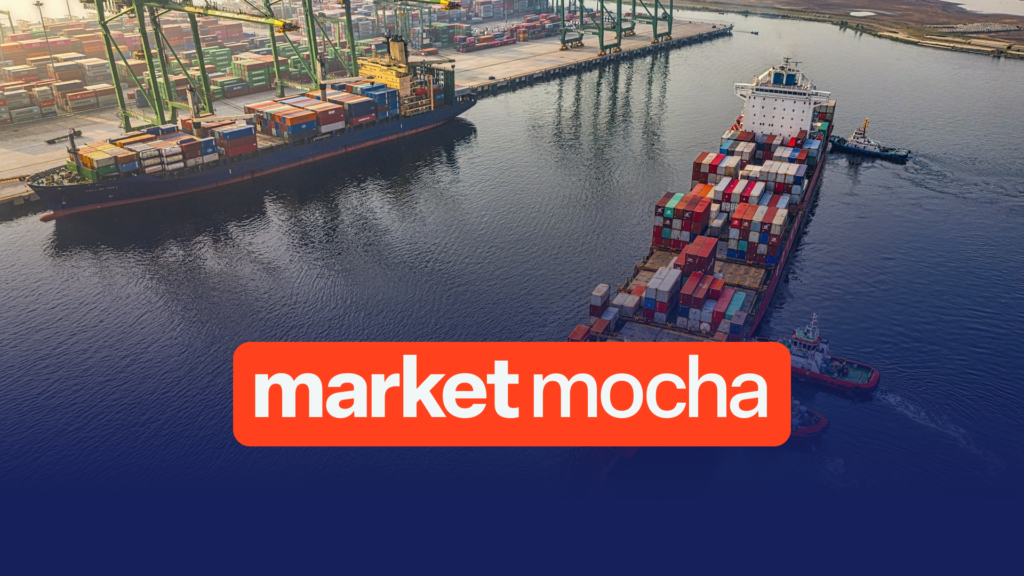The Trump administration has unveiled a sweeping plan to impose phased fees on Chinese-built and Chinese-owned ships docking at US ports, marking a bold escalation in trade and industrial policy aimed at revitalising America’s long-declined commercial shipbuilding sector.
The new port fees—initially proposed during the Biden administration but finalised under Trump—follow a year-long investigation by the US Trade Representative (USTR) that concluded China had used unfair practices to dominate global shipbuilding, now accounting for up to 80% of the world’s commercial fleet.
Effective from 17 October 2025, Chinese-owned and operated vessels will face a fee of US$50 per net ton, rising by US$30 annually to reach US$140 per ton by 2028. A separate tier for vessels merely built in China, but not operated by Chinese firms, will begin at US$18 per net ton (or roughly US$120 per container), increasing to US$33 per ton by 2028. Vehicle carriers will face fees starting at US$150 per Car Equivalent Unit.
Originally, the plan had proposed port-by-port charges of up to US$1.5 million per call, sparking a backlash from port authorities, trade groups, and shipping companies. Following two days of hearings in March and over 300 public submissions, the USTR scaled back the proposal: the fee will now be levied once per voyage, capped at five times annually per vessel, and certain exemptions were introduced.
Bulk cargo carriers arriving empty to pick up US exports like coal or grain will not be subject to the fees, nor will ships servicing the Great Lakes, Caribbean routes, or US territories. Additionally, vessel operators can apply for a remission of fees if they can prove they’ve ordered a US-built ship of equal or greater tonnage, with a three-year grace period for delivery.
“Ships and shipping are vital to American economic security and the free flow of commerce,” said US Trade Representative Jamieson Greer. “The Trump administration’s actions will begin to reverse Chinese dominance, address threats to the US supply chain, and send a demand signal for US-built ships.”
The plan includes a second phase of measures targeting foreign-built liquefied natural gas (LNG) carriers, set to begin in 2028 and intensify over 22 years. LNG vessels are currently excluded from the immediate levies but will face progressive restrictions on operating in US waters unless US-built alternatives are commissioned.
Labour unions, including steelworkers and shipbuilding groups, welcomed the move as a long-overdue investment in American maritime capability. But many US businesses voiced concern that the fees function as a backdoor tariff on trade, warning they could disrupt logistics chains, raise consumer prices, and burden ports.
Congresswoman Angie Craig, ranking Democrat on the House Agriculture Committee, warned the policy risks “choking off access to global markets” for US farmers, while industry executives stressed that with Chinese-built ships making up nearly the entire global container fleet, few carriers would be exempt.
Trump, while confirming the fees, simultaneously hinted at easing tensions elsewhere. “I don’t want [tariffs] to go higher,” he said, noting that punitive rates could dampen consumer demand. Nonetheless, tariffs on Chinese imports already sit at a weighted average of 145%, and further levies—such as proposed 100% duties on Chinese-made port cranes—are under review.
The USTR will hold additional hearings on May 19 to consider further tariffs on cargo-handling equipment, while the shipping industry continues to warn of mounting congestion in European ports, where some cargo is being rerouted to avoid US fees.
China, for its part, condemned the plan. A foreign ministry spokesperson said the policy “will raise costs globally, fuel inflation in the US, and ultimately fail to revive America’s shipbuilding industry.” But with bipartisan support for reindustrialisation policies and growing concerns over supply chain resilience, the Trump administration appears determined to press ahead.

